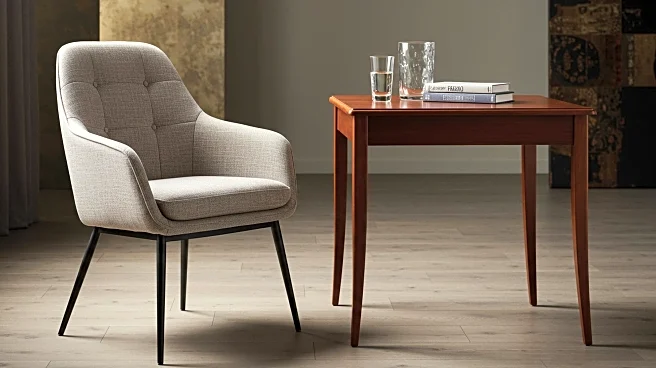What's Happening?
President Trump has announced plans to impose higher tariffs on furniture imports into the United States following an investigation. The tariffs are expected to be implemented within the next 50 days, although the exact rate has not been determined. This move is part of a broader strategy to boost domestic furniture manufacturing, particularly in states like North Carolina, South Carolina, and Michigan. The announcement comes amid rising furniture prices, influenced by previous tariff hikes on imports from China and Vietnam, which are major suppliers of furniture to the U.S.
Why It's Important?
The imposition of higher tariffs on furniture imports is likely to have significant implications for the U.S. economy and consumers. Domestic furniture manufacturers may benefit from reduced competition, potentially leading to increased production and job creation in the industry. However, consumers could face higher prices for furniture, as tariffs typically lead to increased costs for imported goods. Retailers and businesses that rely on imported furniture may also experience financial strain, affecting their profitability and market dynamics.
What's Next?
The furniture industry and consumers are expected to closely monitor the developments regarding the tariff rates and their implementation. Businesses may need to adjust their supply chains and pricing strategies to accommodate the new tariffs. Additionally, there could be potential diplomatic discussions or negotiations with countries affected by the tariffs, as they seek to mitigate the impact on their exports to the U.S.












